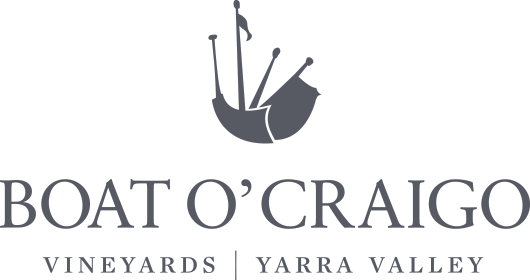When it comes to pairing food and wine, it's better to think of it as more of a creative art than an exact science. The food and wine matching ‘rules’ aren’t hard and fast, but there are some general guidelines that will provide you with a good foundation to find what you personally enjoy (after all, the best wine pairings are the ones that you enjoy). But overall,a great food and wine pairing creates a balance between the components of a dish and the characteristics of a wine.
When pairing wine with food, you're looking for complementary flavours that don't overpower each other. A good starting point is to pair red wine with red meat. You might also like to consider how your ingredients are being prepared and served - that is, the way a cut of meat or vegetable is cooked (grilled, roasted, fried), if herbs, spices, or a marinade is used during preparation, and if the meal is served with a gravy, sauce, or jus.
If you're a meat lover, you'll be pleased to know that Shiraz is a perfect wine to pair with red meat, such as beef, lamb, and venison. The tannins in Shiraz can complement the rich flavours of red meat, and the wine's bold taste can stand up to the intense flavours of grilled or roasted meat.
When it comes to pairing Shiraz with food like red meat, there are a few things to keep in mind. First, consider the intensity of the meat's flavour. A bold Shiraz can pair well with a grilled ribeye steak, for example, while a medium-bodied Shiraz may be better suited for slow-cooked lamb shanks.
Another factor to consider is the cooking method used. Grilled or charred meats can benefit from a bold Shiraz with high tannins, while slow-cooked or braised meats may pair better with a softer, more medium-bodied Shiraz.
OurBoat O'Craigo Black Cameron Shirazis a delicious cool-climate red, moderate in body, deep ruby in colour, showing flavours of blood plum, black cherry, star anise, tapenade and spice with subtle tannins.
Clickhereto read the full tasting notes.
Tips to Remember:
1. AIM TO COMPLEMENT OR ENHANCE FLAVOURS
A good starting point is understanding the difference between complementary pairings or congruent pairings.
The first simply means choosing a wine that parallels or balances some of the flavour profiles in a pleasing harmony – think a soft cheese with a nicely acidic Pinot G. The second means choosing a wine that helps elevate the flavours of both the food and the wine – in other words, highlighting the spice in a curry with the savoury spice notes in a cool climate Shiraz.
2. MATCH FOOD AND WINE ACCORDING TO WEIGHT
This one’s an easy way to make your food and wine pairing a winner. Pair lighter foods that are lower in fat with lighter styles of wine, and ‘heavier’ (i.e., richer or fattier) foods with bigger wines.
For instance, the delicate flavours and textures of fish are always likely to prove a better match for a lighter-style white wine like Semillon. Salmon, however, which is a richer, fattier fish, proves a great match with a lighter red like Pinot Noir.
Meaty dishes, such as a big, juicy steak or slow-roasted lamb shoulder, are best enjoyed with bigger, full-bodied reds like Shiraz and Cabernet Sauvignon.
3. GO FOR SIMILAR FLAVOUR CHARACTERS AND INTENSITY, AND MATCH TO THE SAUCE
Wine and food should be partners, with neither dominating the other. Richer foods need a richer wine that won’t fade in comparison, while light foods need a delicate wine, so the flavours in the dish aren’t overwhelmed.
4. CONSIDER THE ACIDITY OF YOUR WINE AND FOOD
High acid wines harmonise well with the natural acidity in food, with a crisp white paired with a salad featuring a zingy vinaigrette being a good example.
